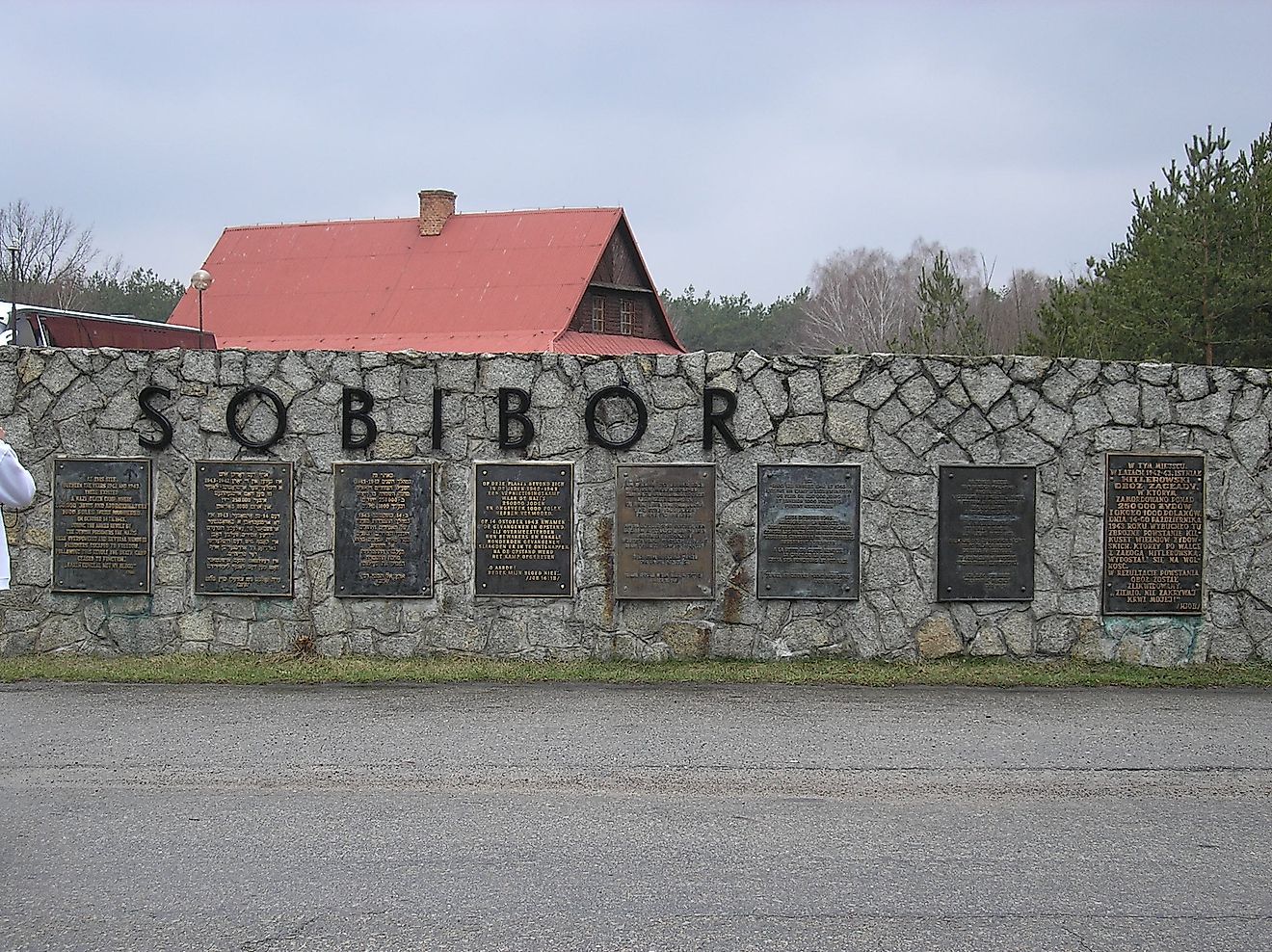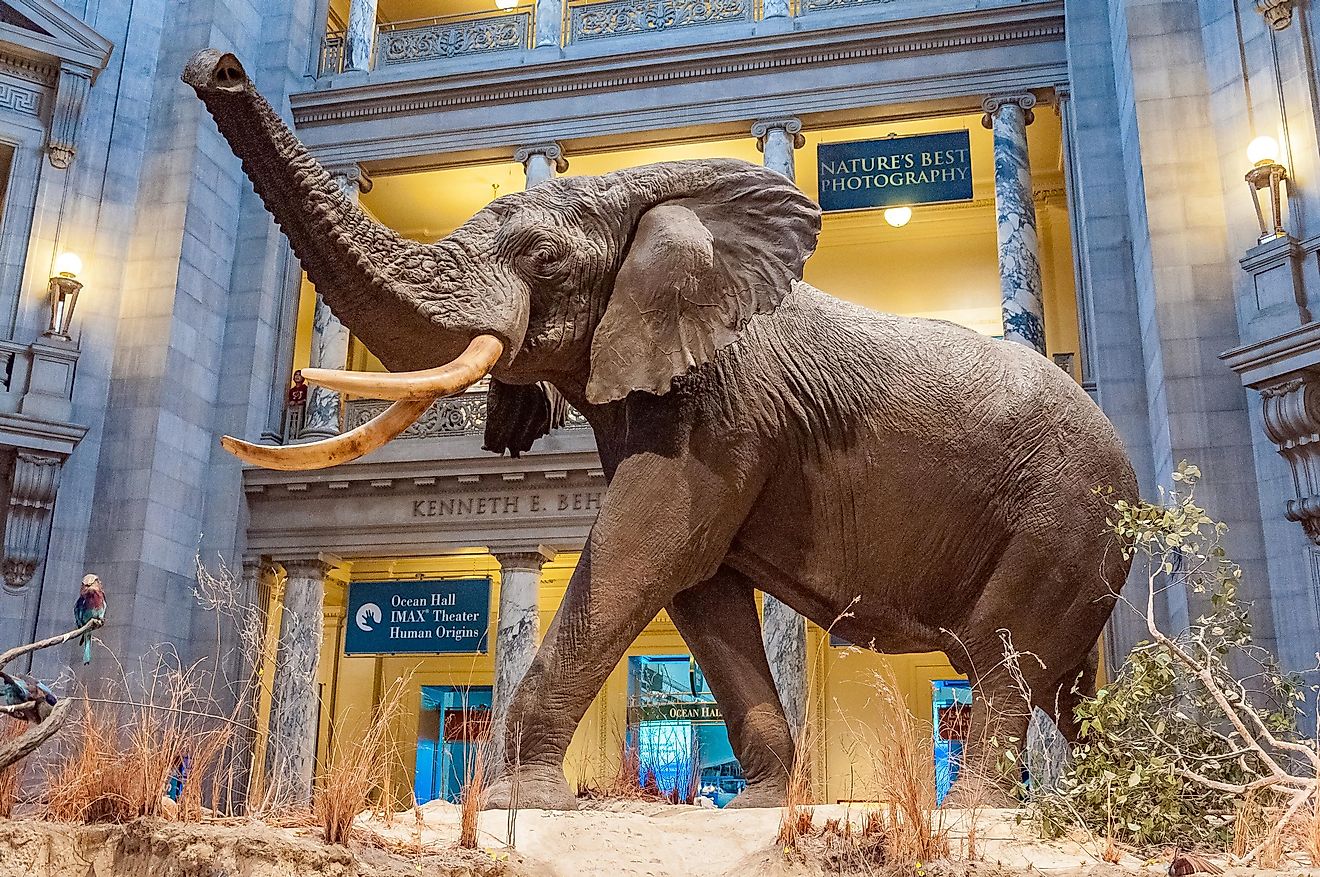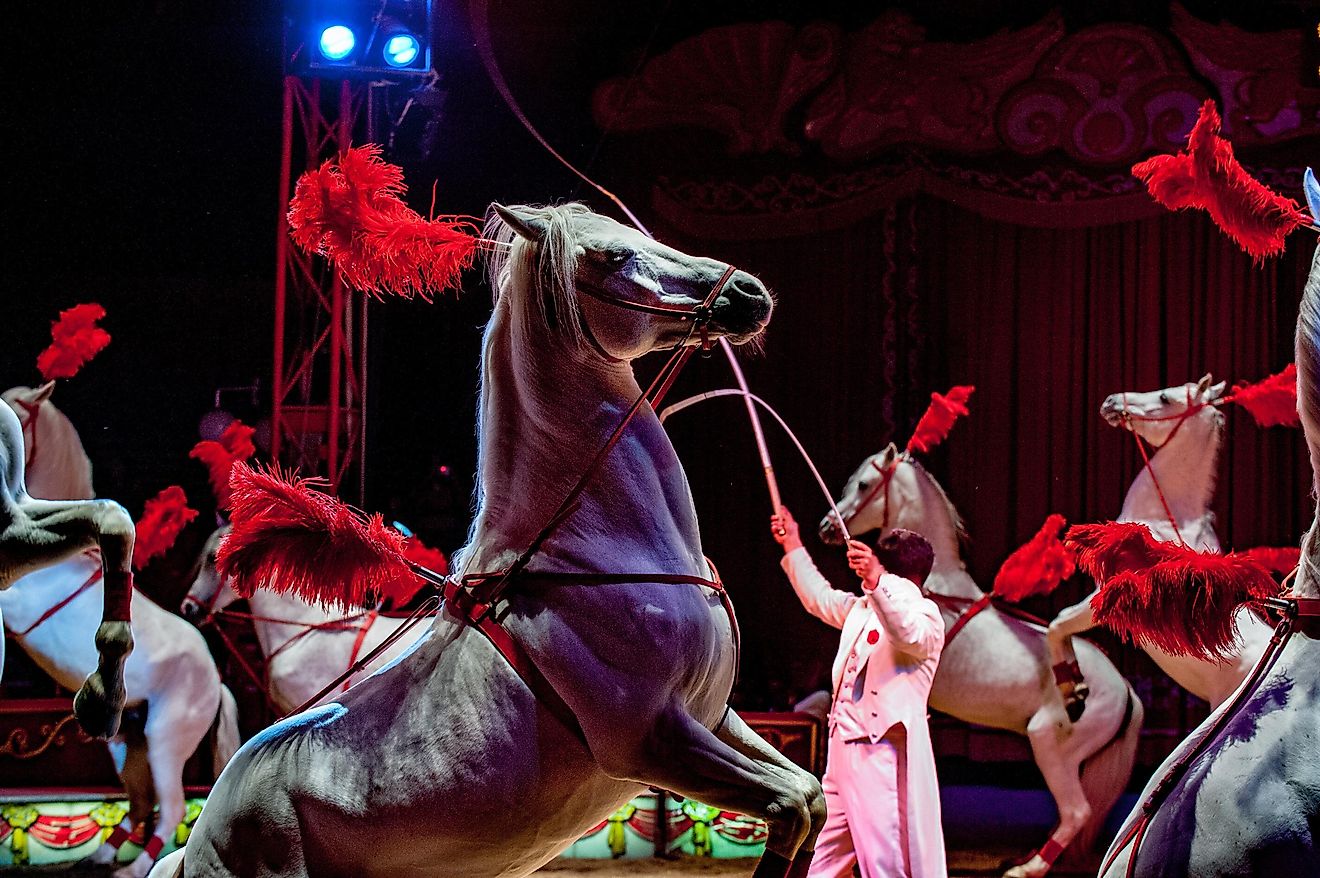A Summary of the Mexican Revolution

The Mexican Revolution began in 1910 during the presidency of Porfirio Díaz. A Mexican politician named Francisco Madero challenged Díaz's presidency and decided to run in the elections. Díaz was not content with his power being questioned, and he chose to obstruct the election process. The tampering with the elections did not sit well with the determined Madero, who decided to revolt and sent calls for help to overturn Díaz’s leadership. From those who decided to aid in this mission, three names stood out: Emiliano Zapata, Pancho Villa, and Pascual Orozco.
Díaz was not able to stay in power and was ultimately overthrown in 1911. However, this was not the end of the Mexican revolution – quite the contrary. The revolution in fact lasted for nearly a decade, with millions of casualties and astonishing levels of violence. Alvaro Obregón’s presidency historically marks the official end of the revolution.
How the Mexican Revolution Started
During the presidency of Porfirio Díaz, discontent was brewing due to his policies which favored the wealthy and entitled elite. In 1908, Díaz appeared to be open to the changes to the current politics in Mexican society that might have been possible by introducing more democratic practices. He also seemed to be undecided regarding his presidential candidature, which would have been his 7th in a row. Francisco Madero spotted his chance and placed himself on the map as the leader of the group that was against Díaz’s reelection. He also decided to run for president which did not sit well with Díaz who sent for Madero to be arrested and then declared himself the president once again. When Madero was set free, he called for a mutiny against Díaz which ultimately failed, but it did spark the wish for a revolution across the country.
The wish turned to actions when Orozco, Villa, and Zapata decided to join the movement and mobilized their armed forces in the north and south of Mexico, respectively. Madero was declared president in early 1911 after the revolutionaries took over Ciudad Juárez and overthrew Díaz.
The Ten Tragic Days
Although Madero’s presidency was supposed to improve the societal and political issues that tore through Mexico, he was not as successful. Since Madero was slow with reforms he promised, both Zapata and Orozco, initially some of his biggest supporters, decided to turn against him and take the revolution in a different direction. However, Madero had other enemies as well: the United States government also took a disliking to him as they feared that he might jeopardize their business interests in Mexico.
The animosity reached a tipping point when a third rebel party, under the leadership of former president Díaz’s nephew, Félix Díaz, confronted the federal army in Mexico City, led by Victoriano Huerta. The fight lasted for ten days and was later known as The Ten Tragic Days. Finally on February 18, 1913, Díaz and Huerta signed a document known as the “Pact of the Embassy’’. The paper highlighted the agreement to join forces and overthrow Madero to inaugurate Huerta as the new president. Madero was arrested, and Huerta became president the next day.
Plan de Guadalupe
Huerta’s presidency did not turn out to be as favorable as previously envisioned due to his despotic tendencies, which resulted in a new opposition stream. Due to this, another document emerged from the Ten Tragic Days, called the Plan de Guadalupe. The Plan was a political manifesto authored by Venustiano Carranza and created on March 26, 1913, after the assassination of Madero. The declaration was the incentive for a newly formed alliance between Villa, Carranza and Álvaro Obregón who planned to remove Huerta from the position of power.
Huerta was banished into exile in 1914 and, although Villa was not in favor of it, Carranza declared his presidency. The animosity between Villa and Carranza resulted in massive and lasting violence until Obregón, Villa, and Zapata agreed to elect Eulalio Gutiérrez as a temporary president to restore order to the country riddled with bloodshed.
The truce did not last for long, as Obregón, retaining Carranza’s support, turned against Villa and Zapata and ultimately defeated Villa in a battle at Celaya in 1915. Given that the US president at the time, Woodrow Wilson, decided to support Carranza, Villa went into a vindictive killing spree and killed 36 Americans in 1916. US President Wilson sent General Pershing to catch Villa in Mexico, but the attempt was unsuccessful.
The Decline of the Revolution
Carranza, who was now the president of Mexico, kept his position until 1920, by assassinating his opponents. After killing Zapata in 1919, there weren’t many who still supported him. As the dissatisfaction with Carranza grew to the point of no return, he tried to escape the Mexican capital but was ultimately killed on May 21, 1920. After his death, Adolfo de la Huerta was elected as the provisional president until November 1920, when the presidency was finally handed to Obregón.
Although the year 1920 is regarded as the official end of the Mexican Revolution, the bloodshed went on for several more years. It wasn’t until 1934 when Lázaro Cárdenas started his presidency, that the changes for which the revolution was initially started for were implemented into the constitution.











